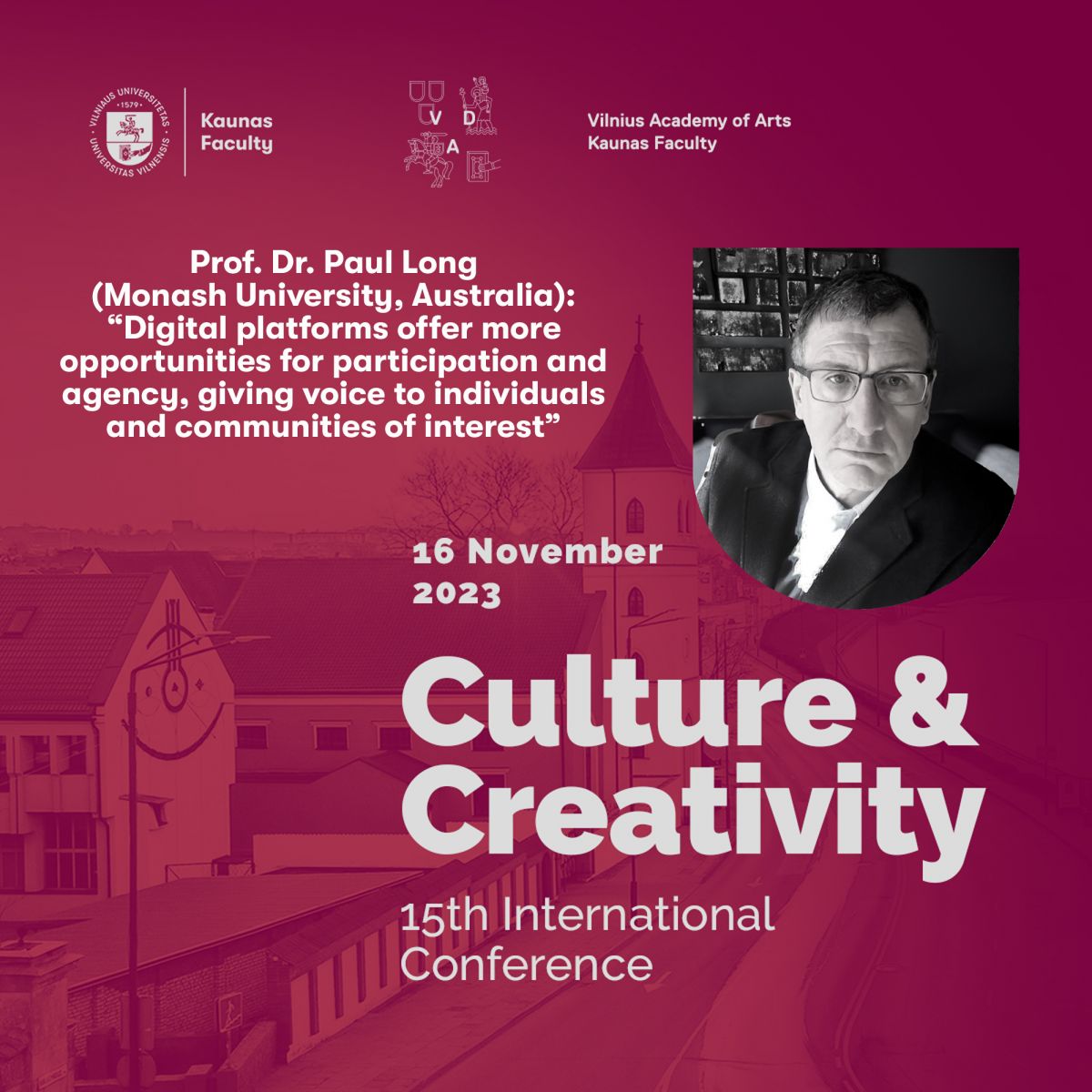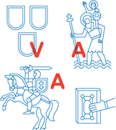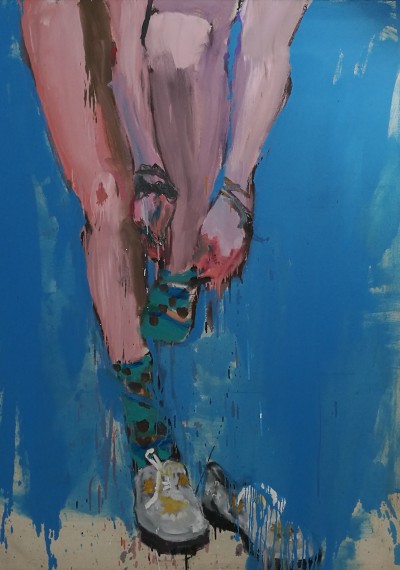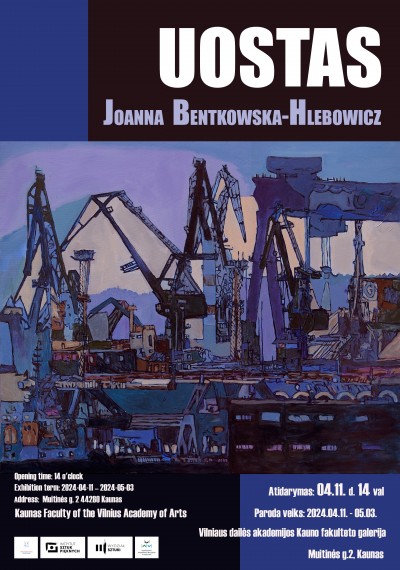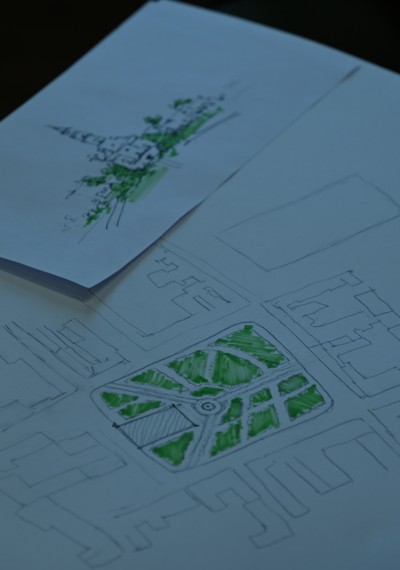At the 15th International Conference on "Culture & Creativity" Prof. Dr. Paul Long is willing to share his work concerned with the political representation of migrants in terms of their individual and proportional presence and inclusion in the Australian cultural economy. This approach to representation encompasses the role of makers, intermediaries, producers, entrepreneurs and, potentially, policy makers. This research is based on exploratory empirical work that seeks insight into migrant practice and narratives qua migrants, of their roles and experiences in the sector.
Paul Long is Professor in Creative and Cultural Industries and Director, Monash Migration and Inclusion Centre. He has published widely on issues in popular cultural history, participation, and creative work. He co-founded the Birmingham Centre for Media and Cultural Research at Birmingham City University in 2009 and is founding co-editor of the Journal of Beatles Studies (Liverpool University Press). He is currently researching the role of migrants in the creative and cultural industries as well as Australian home-made, amateur, and DIY creative production.
What is the impact of immigrant narratives on the perceptions of immigrants within the context of Australian culture and society?
From the perspective of indigenous peoples, who have one of the oldest continual cultures in the world, everyone who has arrived in Australia since the arrival of the ‘First Fleet’ of settlers in 1788 is a migrant.
Of course, one must recognise the uneven meaning and experience of that category and the comparative inequalities and injustices faced by those for whom migration might have been a proactive choice rather than imposition or necessity – whether for the transported criminals who were used to build settler society or those exiled by war, famine or disease, uncertain of where their journey might end.
As with any cultural question about migration we might distinguish between narratives about migrants by non-migrants and those determined by migrants themselves. Within those formulations, some migrant narratives have become naturalized as ‘Australian’ and take precedence above others, distinguishing between those with a ‘right’ to the land and those determined to be newcomers, welcome or otherwise. Thus, for the majority of Australians the national story is a migrant one, albeit a site of struggle.
The recently published national cultural policy Revive is subtitled ‘a place for every story, a story for every place’ gesturing the ongoing project of reconciling immigrant narratives.
In what ways do contemporary digital platforms differ from conventional forms of media in the dissemination of migrant narratives?
Potentially, digital platforms offer more obvious opportunities for participation and agency than conventional forms of media, giving voice to individuals and communities of interest. As my own research on creative migrants suggests, with a modicum of digital literacy and purpose, barriers to entry are relatively low for creating spaces for individual and community interests, where shared experiences are points of communion and insight for those unware of migrant experience. However, as my research and indeed, that of many others has shown, there are perils in sharing migrant narratives or even assuming a presence on digital platform given the intensity of hostile activities.
How do intermediary organizations contribute to the dissemination of migrant narratives, and do they exert any influence on the content or framing of these narratives?
In Australia, a range of intermediary organizations are tasked with migrant affairs, at Federal, state and community level. Many, of course, impel migrants to tell their stories of settlement for different purposes from drawing attention to challenges and needs or in celebration and affirmation of identity. In the cultural and media sector intermediary organizations nurture creative expression and opportunity, whether to recognize and preserve traditions that migrants bring with them to Australia or to enable a voice in the wider cultural ecology. Inevitably, intermediary organizations frame cultural work as migrant or from a particular cultural tradition and have a function as gatekeepers. The main influences on content and framing however are policy and funding mechanisms as well as the market.
What are the primary hurdles that immigrants must surmount to achieve cultural integration within Australian society, and can you provide instances of successful integration as illustrative examples?
Integration is a problematic term and not one I would be at ease with assessing in terms of success.
Some of the cultural issues and focus for my work are captured in the attention afforded Kurdish-Iranian Behrouz Boochani. His fame is a result of the publication of No Friend but The Mountains (2018), a book concerning his experience in detention on Manus Island and which was written under severe restrictions on both his physical and cultural freedom as well as opportunities for communication and expression.
Boochani’s book has had a significant cultural impact and economic success, bringing into view the character and fortunes in Australia of a wider group of migrants, refugees and asylum seekers who might share at least one aspect of his professional identity, skill or talent whether as journalist, poet, dramatist, filmmaker and lately librettist. Rightly, much of our attention to representation around migration focusses on how individuals and groups are depicted and what they themselves have to say across cultural forms. Thus, Boochani’s account of Manus and his experience matters because of that experience how it is conveyed creatively, affectively, narratively. Nonetheless, it is important to ask about how such work enters the world, how it is commissioned (or otherwise) and mediated by the wider cultural industries, how it is distributed and gains attention, its reception and indeed how individuals are sustained in term of opportunities and their ability to ‘make it’ as creative professionals.
Boochani’s trajectory illustrates one challenge of evaluating ‘successful integration’. In spite of his travails, Boochani represents ‘a great Australian writer’ as Richard Flanagan has described him. Peter Dutton, when member of the previous government said that Boochani would never be allowed to set foot on Australian soil. In 2019 the writer left Manus for New Zealand where he was granted refugee status although he has since visited Australia several time.
What role does government policy and legislation play in shaping the experiences of immigrants in Australia, particularly in terms of their integration into the broader culture and society?
The Australian Bureau of Statistics records a culturally diverse nation defined by migration: as of 2021, 29.1% of the population was born overseas with an increasing proportion of arrivals people born in India, China and the Philippines. The planned ceiling for the Australian Permanent Migration Program for 2022-3.1 (In 2021-2 there were 160,000 places made available). The Government aims to maintain the Humanitarian Program planning level at 13,750 places for the same period, with an additional 16,500 places for Afghan nationals across 4 years from 2022–23 (4,125 per year). The continuing ethos is that ‘Migrants not only boost population, they also support increases to labour force participation rates and productivity’(Gov.Au 2020: 7).
For Australia’s Global Business and Talent Attraction Taskforce, the emphasis is on ‘attracting the best and brightest migrants from around the world’, its aim is to direct ‘exceptional talent’ to ‘high yield businesses’.2
For refugees and asylum seekers, Fortress-Australia’s management of its borders and offshore detention has been brutal and inhuman even as it comes to terms with becoming a ‘majority migrant nation’ (McIlroy, 2022) 3 with a welcome for many. At global and national level, the status fortunes of migrants of all kinds have been impacted further by the Covid 19 pandemic.
In 2022, the Minister for Home Affairs, Clare O'Neil MP, announced a comprehensive review of Australia's migration system with the aim of current challenges and setting a future agenda. Delivered in 2023, report findings are informing a new migration strategy.
To what extent do educational institutions in Australia contribute to the cultural integration of immigrants, and what strategies or programs have proven effective in facilitating this process?
Again, the notion of integration is a problematic and complex one. Here it is worth quoting the Government’s own description of its education system and purpose in aiding settlement:
The education system in Australia is open to all people. It offers an opportunity for all age groups and levels of ability. The wide and diverse education system provides for formal education and qualifications, training and certification. A robust education system will improve employment outcomes for students, industry and Australia as a whole. Australia has a three tier education system comprising primary, secondary and tertiary levels.
School is compulsory for all children aged between five and 15 to 17 years depending on your state of residence. The state and territory governments provide public schools in most towns and suburbs. Public schooling is free but families are generally required to pay for uniforms, books and other implements.
Private schooling is offered by religious organisations and other groups to enable promotion of a different educational philosophy or religious education. Most private schools are Christian or independent, however larger cities often have Jewish, Islamic, Buddhist and alternative schools. Private schools rely on school fees payable at the start of the year.
At the tertiary level, the Financial Review of 5th September 2023 reports that one in 40 people living in Australia do so supported by a student or graduate visa (2,554,000 in Australia are supported by a visa, - one in every 10 people). The value of this group is witnessed in positive impacts on labour shortages as well as record revenues from international students $21.3 billion in the first six months. Students at this level have value and have a major impact on the culture of the country, particularly in its urban centre but are not necessarily long-term settlers in Australia.
The 15th International Conference on "Culture & Creativity"* invites leading academic scientists, researchers, scholars, and professionals to discuss current trends and issues in cultural management and the creative industries. This conference provides a premier interdisciplinary platform for researchers, practitioners, and educators to present and discuss the most recent innovations, trends, and concerns in these fields. We welcome discourse on the practical challenges encountered and solutions adopted in the realms of Cultural & Creative Industries, Creative Business, and Arts & Culture Management and Marketing.
The online conference is organised by Vilnius University Kaunas Faculty, Institute of Social Sciences and Applied Informatics, the scientific group “Creative Industries and Innovations” and Vilnius Academy of Arts Kaunas Faculty.
Sources:
1. https://immi.homeaffairs.gov.au/what-we-do/migration-program-planning-levels#:~:text=40%2C500%20Partner%20visas%20are%20estimated,not%20subject%20to%20a%20ceiling.
2. https://www.globalaustralia.gov.au/why-australia/great-place-live
3. https://www.afr.com/politics/federal/census-2021-australia-becomes-a-majority-migrant-nation-20220627-p5awto
